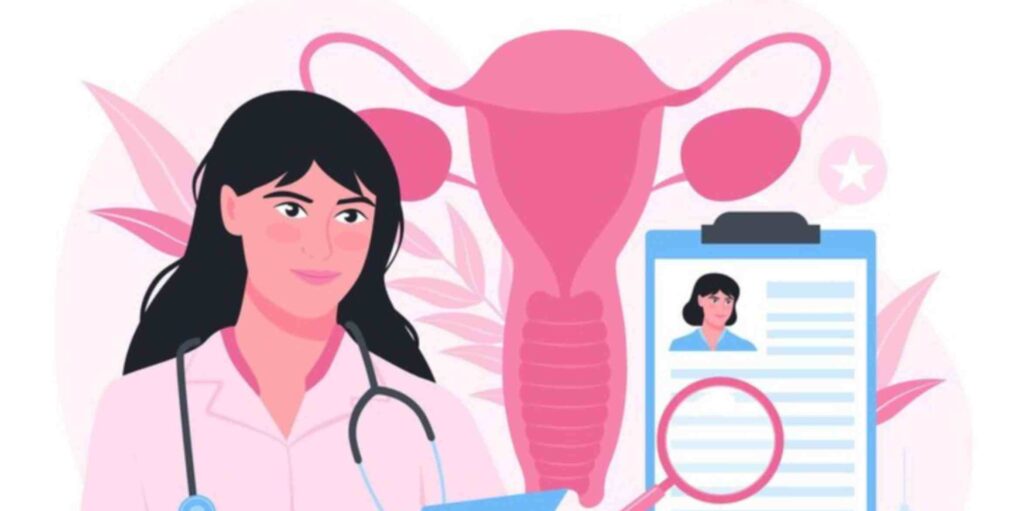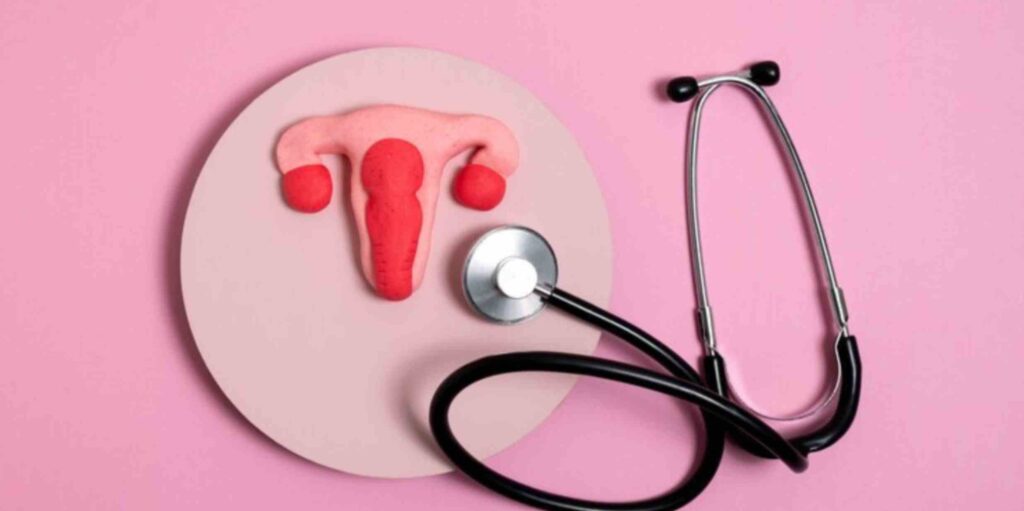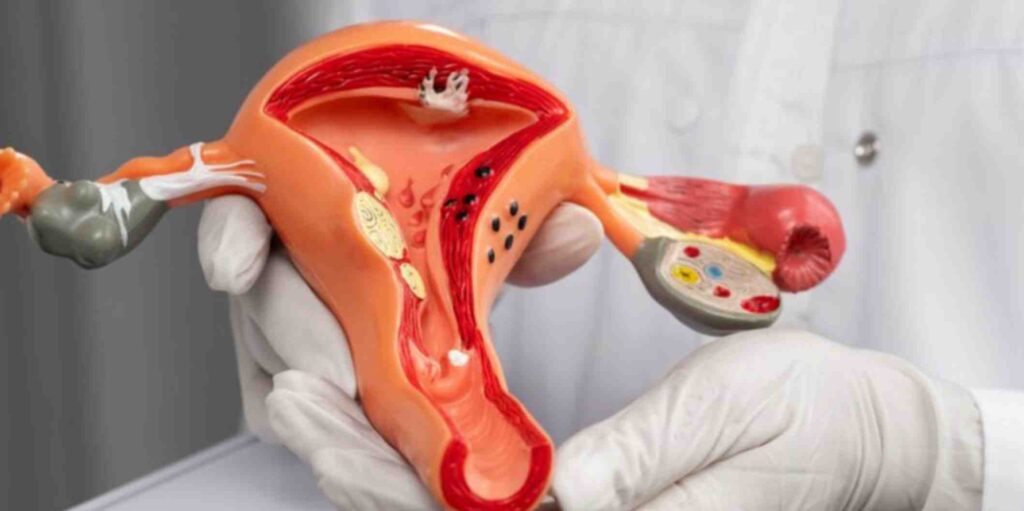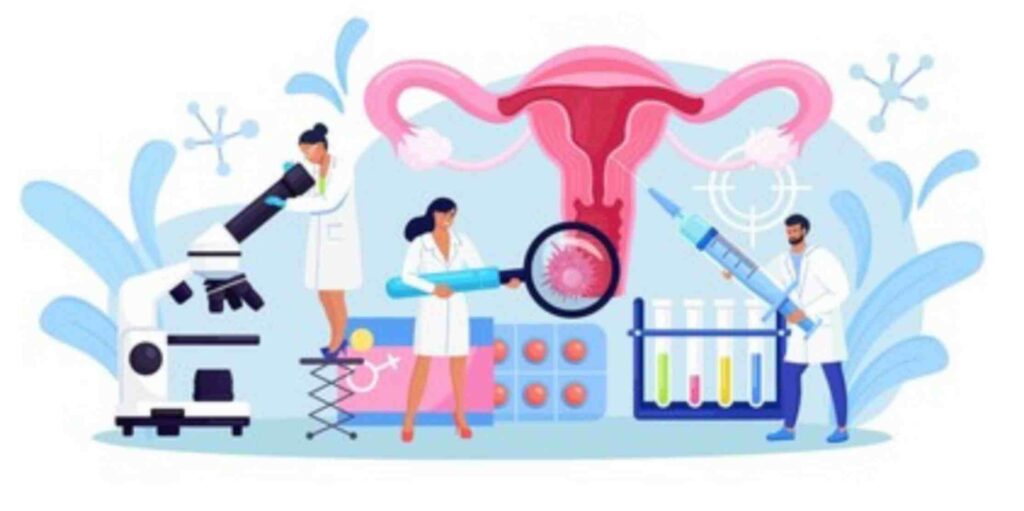Cervical cancer, the fourth most common cancer in women, is often insidious until it is detected in its advanced stages. In this article, we delve into the experiences of survivors who uncover the subtle signs that signal an impending battle with this silent adversary. From abnormal Pap test results to seemingly harmless bumps, these stories offer important insight into early detection. Join us as we explore the journey of resilience, highlighting the pivotal moments that led these survivors to the realization, “How did I know I had cervical cancer.“
Personal experiences of survivors:
How I Knew I Had Cervical Cancer: Joan Painter’s Diagnosis at 38:
When stage 2 cervical cancer was discovered at a routine visit at the age of 38, Joan Painter’s life took an unexpected turn. His story is a powerful reminder of the value of alertness and early detection.

How I knew I had cervical cancer: Two early warning signs shared by a family member:
Survivors’ accounts often highlight important warning signs. In this section, we explore two early signs of cervical cancer survivors, which offer valuable insight for others to recognize potential signs.
How I knew I had cervical cancer: an irregular Pap test – a leading indicator:
Routine physical exams and Pap tests play an important role in early detection. Learn from survivors who noticed abnormalities in their Pap test results, a key clue that led them to uncover their battle against cervical cancer.
Understanding Cervical Cancer:
How did I know I had cervical cancer: What is cervical cancer?
The initial step to cervical malignant growth avoidance and early discovery is figuring out the infection. Go over the basics of this disease, its characteristics, and what it means for the wellbeing of ladies.

Why and what factors made me aware that I had cervical cancer?
Examine the different cervical cancer causes and risk factors. This section offers insight into the variables that lead to the development of this common malignancy, ranging from genetic predispositions to lifestyle factors.
How I knew I had cervical cancer: The role of HPV in cervical cancer:
Cervical dangerous development is generally achieved by the human papillomavirus, or HPV. Track down the association among HPV and cervical dangerous development, focusing on the necessity for arranging and care in the fight against this irresistible ailment.
Recognizing early signs and symptoms:
How I knew I had cervical cancer: A comparison of common symptoms and menopause:
It is essential to comprehend the typical symptoms of cervical cancer in order to recognize it early. This section discusses mild symptoms that are similar to menopause symptoms yet are simple to ignore. Recognizing these similarities can help identify potential problems.

How I knew I had cervical cancer: Visible signs and symptoms:
Discover the visible signs and symptoms of cervical cancer that survivors see in their journey. From unclear legs to persistent discomfort, these visual cues act as red flags, prompting individuals to seek further medical attention.
How I knew I had cervical cancer: Stage 1 cervical cancer symptoms:
Early detection often equates to better outcomes. Learn about the specific symptoms associated with stage 1 cervical cancer, providing a road map for individuals to recognize and act on potential signs in the early stages of the disease.
Screening and Prevention:
How I knew I had cervical cancer: The importance of regular PAP smear tests:
Normal Pap smear tests are fundamental in the fight against cervical disease. Perceive the meaning of these normal screenings and how they work on the probability of early revelation and successful treatment.

How I knew I had cervical cancer: HPV testing for detection:
In addition to Pap smears, HPV testing plays an important role in identifying potential risks. Investigate the pertinence of HPV tests with regards to cervical malignant growth identification, to give a far reaching way to deal with screening and to improve preventive measures.
How I Knew I Had Cervical Cancer: Risk Reduction Strategies:
In the battle against cervical disease, avoidance is vital. This part covers a scope of chance decrease strategies, like way of life changes, HPV immunizations, and preventive estimates individuals can take to diminish their weakness to this normal kind of disease.
Treatment and Outlook:
How I knew I had cervical cancer: Treatment options available:
It is critical that patients with cervical cancer are aware of their treatment options. Investigate various techniques, like as radiation, chemotherapy, and surgery, while survivors discuss their experiences navigating the many treatment phases.

How I knew I had cervical cancer: Curable cervical cancer:
Amidst the challenges, there is hope. This section emphasizes the curability of cervical cancer, highlighting success stories and medical advances. Learn about the positive outcomes and resilience of survivors who triumphed over this formidable adversary.
How I knew I had cervical cancer: considerations after treatment:
Life after treatment brings its own set of ideas. Explore the post-treatment phase, addressing the physical and emotional aspects that survivors face. From follow-up appointments to maintaining overall health, this section provides insight into life beyond cervical cancer treatment.
Read More About Mural Thrombus
Conclusion:
Uncovering personal narratives, symptoms, and strategies related to cervical cancer, this article highlights a journey marked by resilience and awareness. “How I Knew I Had Cervical Cancer” resonates not only as a collection of stories, but as a comprehensive guide for women of all ages. From the nuances that begin the diagnostic process and irregular Pap test results to available treatments and post-treatment considerations, this research serves as a beacon of knowledge and hope.

By understanding the importance of early detection, screening procedures, and risk reduction strategies, readers are empowered to take charge of their own health. Stories of survival interspersed with medical aspects convey a powerful message: cervical cancer is not only detectable, but treatable. As we conclude this journey, these stories and insights encourage a proactive approach to health, encouraging individuals to be vigilant, aware, and resilient in the face of this common but conquerable adversary.
FAQs:
What are the symptoms of stage 1 cervical cancer?
Early signs include pelvic pain, discomfort during sexual activity, and unusual vaginal bleeding. For early detection, routine screenings including HPV testing and Pap smears are essential.
Is cervical cancer curable?
Yes, especially when discovered early. Curability depends on factors such as the stage of the cancer and the type of treatment. Surgery, radiation, and chemotherapy have shown positive results, emphasizing the importance of regular follow-up for monitoring.


I don’t think the title of your article matches the content lol. Just kidding, mainly because I had some doubts after reading the article.
Your article helped me a lot, is there any more related content? Thanks!
The VOCAL77 conference focuses on recent advances on optimization algorithms: continuous and discrete; complexity and convergence properties, high performance vocal77 optimization software and novel applications are reviewed as well. We aim to bring together researchers from both the theoretical and applied communities in the framework of a medium-scale event.
The human voice consists of sound made by a human being using the vocal tract, including talking, singing, laughing, crying, screaming, shouting, humming or yelling. The human voice frequency is specifically a part of human sound production in which the vocal folds are the primary sound source
The best dubs go beyond the basics of the format, and make those vocal77 loops sound as if they absolutely need to be vocal77 repeated.
Thank you for your sharing. I am worried that I lack creative ideas. It is your article that makes me full of hope. Thank you. But, I have a question, can you help me?
I don’t think the title of your article matches the content lol. Just kidding, mainly because I had some doubts after reading the article.
Wow Thanks for this posting i find it hard to realize awesome info out there when it comes to this content appreciate for the information site
I don’t think the title of your article matches the content lol. Just kidding, mainly because I had some doubts after reading the article.
Your article helped me a lot, is there any more related content? Thanks! https://accounts.binance.info/en/register?ref=JHQQKNKN